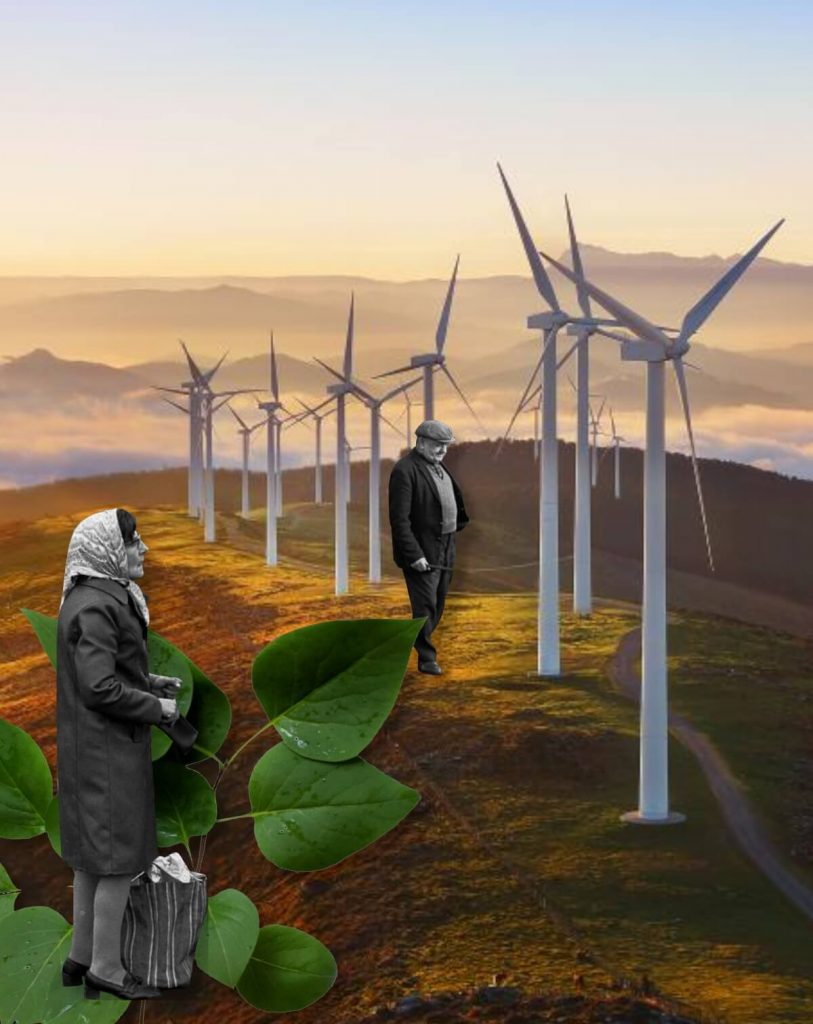Climate change and dealing with it is undoubtedly one of the greatest challenges of our time. From an analytical perspective, it can be described as a negative externality – a situation in which party A does not bear the full costs of its actions and instead passes them on to party B. In economic theory, opinions certainly differ on the form of the solution, but there is a majority consensus on the need to address this problem. The role of economists in this challenge, rather than being in denial, should be to develop the most effective implementation of a solution that takes into account all the trade-offs as well as the stakeholders involved. In layman’s terms, that is, to choose the right solution.
In the European Union (EU), the European Commission has decided that the right solution will take the form of central regulation and dirigisme. However, based on previous efforts at conservation and economic research, there is good reason to believe that central regulation is not the right way forward. As the work of economist F. A. Hayek shows, this form of regulation will inherently neglect local specificities, as it is unable to collect and then evaluate the amount of information needed to achieve optimal results.
Download full article: 02-FILIP BLAHA TRANSFORMING THE GREEN DEAL HOW TO BRING SUSTAINABILITY REQUIREMENTS
Furthermore, in the field of the environment specifically, Elinor Ostrom suggests that in some cases the optimal regulation could only be self-regulation, which can only be achieved through decentralization or polycentric governance.
In its report on the Green Deal, the European Commission states that the transformation must take into account all relevant aspects and their interconnectedness – from the climate to the landscape to the social. However, the starting line in this process is not the same for all. While the Western countries can draw on their higher economic development, which goes hand in hand with the pursuit of greater environmental protection, Eastern countries – such as the Visegrad Four countries (V4) – are in a very different position.
Because of the past communist regime, which had a negative impact not only on their economic development, but also on the quality of the environment, it will be much more difficult for these states to meet the same targets as the more developed Western economies – at least if this transformation aims to be in line with the social aspect as well.
Decentralization and regional governance are once again proving to be the best possible solution to this problem, as the key components needed for the successful transformation will differ due to the abovementioned inequalities in economic development. For example, emission reduction targets could be more relatively distributed among countries, according to their economic development and other macroeconomic indicators, as Eastern economies are on a different starting line than Western ones in this respect. Therefore, more flexibility in the execution of the green transformation would enable CEE countries to catch up better with Western economics – in both environmental and social aspects.
Younger Siblings from the CEE
If one compares the five founding states of the EU (Germany, Belgium, France, the Netherlands, and Italy), i.e., a group of states that can be described as ‘prosperous Western economies’ and also one of the main initiators of green transformation (a correlation that can be explained by the Kuznets environmental curve), with the less wealthy but dynamically developing V4 states, it can be clearly concluded that the opportunities for the green transformation of these states are structurally different.
Written by Filip Blaha – Analyst at CETA – Centre for Economic and Market Analysis and the Chairman of Czech Students for Liberty



